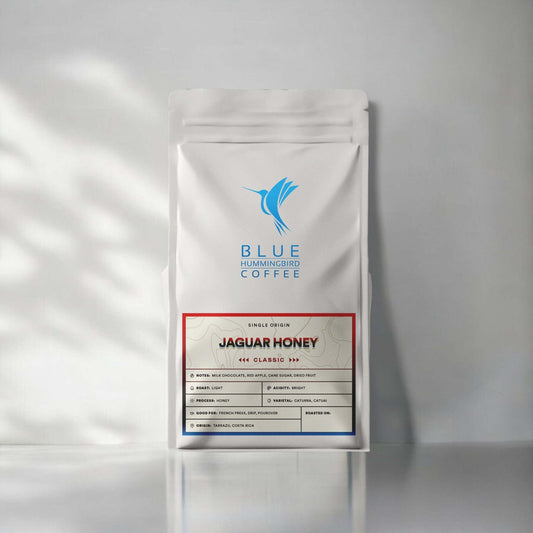Hello September! In Orange County, this is usually one of the hottest months of the year. In this weather, a hot cup of coffee doesn’t seem too appealing. While it can most definitely be poured over ice, usually it will taste watery and seem like a waste of coffee. But then comes cold brew: refreshing, crisp, smooth, more concentrated in flavor, and easier to make than one would expect.
For those who might not know what cold brew is or how it’s made, the name simply refers to the method by which the coffee is brewed: cold. The process involves taking freshly ground coffee and adding room temperature water to it before sealing it all in an airtight container and letting it sit for 12 to 30 hours. After that, the coffee goes through a filter and out comes the cold brew, ready to be made into your drink of choice.
Aside from its wonderful taste, it’s also practical: cold brew is versatile in its serving options, boasts a longer shelf life than other coffees, and it has reduced acidity.
While making cold brew, we usually concentrate. Concentrate requires less water and produces a much stronger flavor that can be treated like a shot of espresso. Add milk of choice to make an iced latte, water for an iced americano, or take it as a shot if you’re feeling brave. Many people also like to add hot water to their concentrate for a warm cup of coffee that still has the same flavor of cold brew. And as far as the “ready to drink” cold brew goes — if even that is too strong for you — then it can be easily watered down and adjusted to taste.
Cold brew is also good to drink for up to 4 days after being made, and concentrate for up to 14 days. Compare that with a pour over, which still tastes great after cooling down but will gradually become undrinkable within an hour or so. It can be stored in the refrigerator and enjoyed in a variety of different ways over the course of a week or two — if it lasts that long!
And maybe the crowning jewel of what makes cold brew a rapidly growing favorite: low acidity. Many coffee lovers know the distaste of a coffee that is too acidic, and are possibly familiar with some of the acid reflux and digestive issues that follow. Cold brewing coffee reduces the acidity up to 70%, compared with traditional hot, drip coffee. This is because when brewed at a cold temperature, the oils in the beans are never released. Hot water typically breaks down and releases these oils, resulting in higher acidity in the coffee.
Seeking smooth, flavorful coffee without the acidic bite? Cold brew is for you. Looking for coffee that is easy to make at home and can be made and stored in large batches? Cold brew is for you. Or just enjoying a great cup of coffee? Cold brew is for you.
- Jessika Lilland







